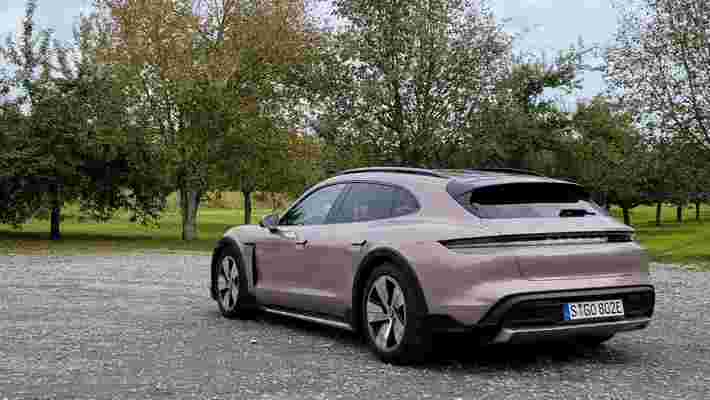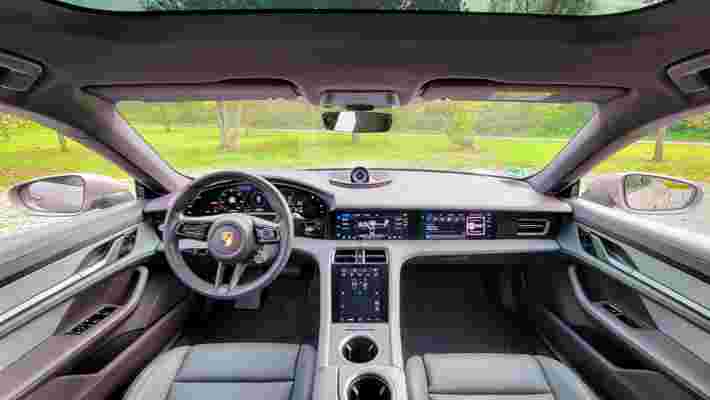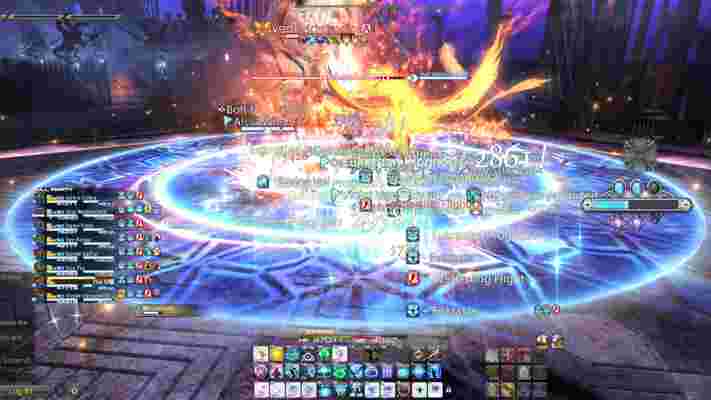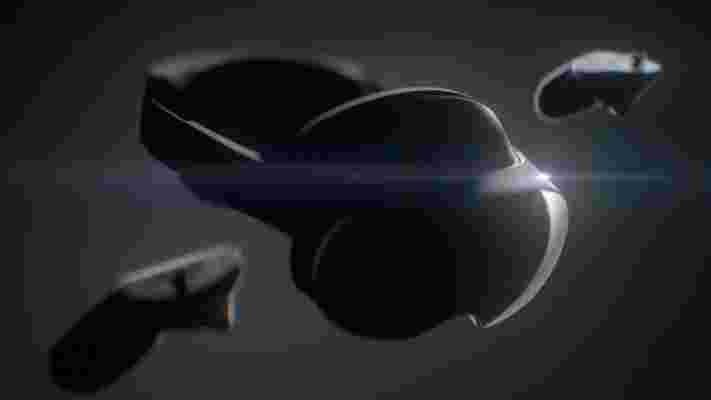A few weeks back, we visited the Porsche Taycan factory in Stuttgart and drove a Taycan 4S Cross Turismo on back roads and the autobahn for an afternoon – good times!
But we also attended a workshop outlining some of the company's upcoming tech, and something really caught our attention.
It's called Porsche Digital Twin, and it's about to significantly change the way we interact with our EVs (and ICE cars alike).
What's a digital twin?
Wikipedia defines a digital twin as "a virtual representation that serves as the real-time digital counterpart of a physical object or process". Here, the physical object is a Porsche vehicle (naturally), and the real-time digital counterpart consists of anonymized sensor data – mostly chassis data from the suspension, steering, and brake sensors – gathered with the customer's explicit permission.
Porsche aggregates this sensor data in the car, then sends the anonymized data to the cloud via the vehicle's LTE (and soon 5G) connection.
Once in the cloud, this data is analyzed using machine learning, and compared with the data from other Porsche cars.
All Porsche vehicles and service centers then have access to this data, which enables some very interesting new functionality for the customer.

Vehicle maintenance benefits
This digital twin tech provides immediate benefits for vehicle maintenance. By comparing the data in your car with existing data from the vehicle fleet, Porsche can recommend when your car needs service, and suggest making a maintenance appointment, if necessary.
This allows Porsche to optimize service intervals for each vehicle and deliver a custom maintenance schedule for each customer.
In addition, this digital twin tech can predict when a car will require service based on driving events. Here's a familiar example. You're driving along when you suddenly notice a pothole that you can't avoid, and you hit it hard.
Everything seems fine – your vehicle drives the same and there's no visible damage to the wheels or tires. At this point, you'd probably book a maintenance appointment just in case, right?
With help from this digital twin tech, your car is able to compare the suspension sensor data it captured during this pothole incident with data from other Porsche vehicles that experienced a similar driving event and determine if and when the adaptive dampers (or other chassis components) will need replacement, then offer to book a maintenance appointment. You get peace of mind, and technicians get more accurate information.
Another use case for this digital twin tech is for customers who often take their Porsche cars to the track. Based on existing data from the vehicle fleet at the track location, your vehicle can preemptively suggest what wear items will need replacing and when, then suggest making a service appointment for you.
In turn, this helps Porsche keep more precise maintenance records and increases your car's resale value.
While Porsche having access to data about driving events or track use might seem invasive to some people, keep in mind the data collected in the cloud is anonymized, and this digital twin tech is opt-in.
Plus, Porsche's been storing engine health data (like over revs ) in its engine computers for a couple of decades now. That data is easily scanned using consumer-grade tools, and often checked when buying a second-hand vehicle.

Real-time road surface analysis
What's even more exciting is what this digital twin tech will bring to the table for Porsche customers in the future.
By monitoring chassis data in real-time and comparing it to the data from the vehicle fleet, your car will be able to detect if the stretch of road you're currently driving on – or are about to reach – is more slippery than normal or exhibits poor traction due to poor weather or surface contaminants.
Your car will then be able to warn you with a chime and message on the instrument display while simultaneously improving grip by adjusting the stability and traction control settings (plus other drivetrain parameters) accordingly.
If other Porsche vehicles on the road ahead of you experience poor traction, your car might update your navigation route to avoid the affected area, or suggest you drop you out of Sport+ mode.
As a bonus, your vehicle's chassis data – when compared to data from other Porsche cars – can provide significantly more accurate tire-pressure monitoring and even tire-wear sensing, so you can expect this digital twin tech to eventually replace existing tire pressure sensors and (more generally) other common wear sensors found in today's vehicles. So as you can see, this digital twin tech is a big deal.
So far, about half of Taycan owners have already volunteered their data (which is currently limited to suspension sensor data) for the upcoming rollout of Porsche's digital twin tech sometime in 2022. We'll be covering this as it develops, so stay tuned.
Final Fantasy XIV Endwalker's endgame is the same as ever, and that's a good thing
The first Savage raiding tier of Final Fantasy XIV was released last month, during the chaos of CES 2022 . And while that means I wasn't able to dive as deeply into it as I wanted (I was kind of busy), it's clear that everything I loved so much about the end-game model of the MMO is back -- exactly how I like it.
That might sound like a potential problem with the game, though. After all, a new expansion may cause you to expect all-new gameplay systems, especially if you're used to other MMOs like World of Warcraft or RIFT. But instead, it means I know exactly what I need to do, and I won't need to burn myself out grinding out a whole new system that I don't understand.
And for the game itself, it means that a lot more effort can go into the raid fights themselves, and Pandaemonium - at least its first tier - is extremely cool so far.

A classic system
In Final Fantasy XIV's raid loots, at least for the normal tier, each boss drops little tokens that can be traded for individual armor parts such as a helmet, a chest piece, shoes, etc. This is nice because unlike other MMOs, which may have the big raid bosses drop specific pieces of gear, it means that everyone that comes to the raid has an equal chance to get something, no matter which job they're currently playing.
Even better, each boss drops 8 of these tokens, which means there's potentially one for every player in the raid. That means, especially at the beginning of a raid's life-span, everyone gets something for doing the content.
That changes a bit in Savage, the hard-mode version of the raid. In there, specific pieces will drop off of each boss, along with a coffer, which can be used to create a piece of gear for its slot no matter which job. But only one of each drops when the boss is killed. Instead, every player will get a book, and you can turn in a number of these books for gear as you collect them.
So, even if you have bad luck and don't win any rolls, you'll eventually get the exact piece of gear you've had your eyes on.
This is such an elegant solution for divvying up raid loot that it's not really a surprise that it hasn't changed since Heavensward in 2015. And once you have the best gear you can get out of the Savage raids, you don't need to endlessly grind content you might not want to do in order to maximize the gear further - looking at you, World of Warcraft.

Thank you, FFXIV, for respecting my time
While I may have spent as much time as physically possible playing Final Fantasy XIV when Endwalker launched - I even live blogged that first hectic day - I'm already at the point where I can log in for like half an hour each day that I'm not raiding with my friends. And I can probably get away with not even doing that.
It's the one thing that makes sure that I will probably never really burn out on Final Fantasy XIV. The game respects my time, and I don't feel like I'm being penalized for doing things that aren't playing Final Fantasy XIV. Game Director Naoki Yoshida famously said that he actually prefers it if you play the game at your own pace rather than forcing yourself to play everyday, as spotted in this Reddit thread.
That means that for the first time, I've found an MMO where I can play the hardcore raiding content that I want to play, without feeling forced to play through a bunch of stuff that feels secondary to me. If I was still playing World of Warcraft: Shadowlands, and it dropped right before Halo Infinite, for instance, there's no way I would have even started that game. But, I finished it this last weekend.
It's not surprising that Final Fantasy XIV is as big as it is today. Because it's the first MMO I've played in years that makes me feel like I'm playing a game, and not paying for a tedious second job. And that's what's going to keep me coming back for every patch -- and buying every expansion for years to come.
Apple’s MR headset sounds way less appealing than an Oculus Quest 3
Even more rumors suggest that Apple’s mixed-reality headset could be priced at over $2,000 at launch (around £1,500 / AU$2,750).
While Apple has yet to officially announce its VR and AR plans, multiple leaks have suggested the tech giant is developing an Apple MR headset as well as a pair of AR-capable Apple Glasses .
This latest price rumor comes from Bloomberg's Mark Gurman in his Power On newsletter and follows a slew of other leaks from the past week concerning Apple’s virtual reality efforts.
Yet, rather than making us more excited to see what Apple has been developing each detail has made its VR and AR plans sound increasingly unappealing. If Apple has dreams of competing with Meta in the VR space it may need to change its plans, or else it could find its MR headset is dead on arrival.
Opinion: The wrong price at the wrong time
Based on what we’ve recently heard about Apple’s MR headset, we can expect a product that will be as powerful as the M1 MacBook Pro , will offer comprehensive virtual and augmented reality experiences and will weigh less than 150g ; sounds almost too good to be true.
Unfortunately, everything comes at a price. The headset is expected to cost somewhere between $2,000 and $3,000 range, but we’ve also heard that you’ll only be able to play for short bursts (likely due to intentional battery constraints) and we won’t be able to wear it until 2023 .
By this time Apple’s largest competitor in the space, Meta , will likely have launched two headsets that threaten to squeeze Apple out before it can even enter the space.
The first of those Meta devices is Project Cambria , which is expected to drop this year based on the company’s comments during its 2021 keynote. This high-end focused VR headset will cost more than its Oculus Quest line of devices, but will offer improved features that facilitate more immersive experiences.

The second device would be the long-awaited Oculus Quest 3 , and if both of these headsets do launch by 2023, then an Apple headset would find itself fighting a battle at both ends.
Users who want a great VR experience without paying thousands would opt for an Oculus Quest 3 – which would likely be priced around $250-$400 to match the Oculus Quest 2 . Meanwhile, players and businesses after a premium option could go with Project Cambria – which is likely to launch for under $2,000 to continue Meta’s success with affordable VR headsets.
On top of that, Meta's digital store is filled with a bevy of excellent exclusive Oculus Quest 2 games that would be playable on its new systems, and by 2023 it may have added GTA San Andreas VR to its lineup.
Unless Apple has some killer apps at its disposal the only thing that its MR headset would have going for it is augmented reality, but the Oculus Quest 2 already has some limited AR tools , and so Meta may have the head start in this area too.
Even if the rumored inclusion of a powerful M1 chip comes to pass, it sounds like Apple's headset will only be able to be used in short bursts anyway.
There’s a chance we could see Apple’s plans change. We’ve heard recently that Apple is delaying the device into 2023, due to ongoing development issues, but it's possible Apple is just biding its time and looking to release the best version of the product it can.
That said, Apple is a company that likes to do its own thing, for better or worse – so whenever it chooses to announce its MR headset, it might be stuck with a product we can’t see anyone wanting.